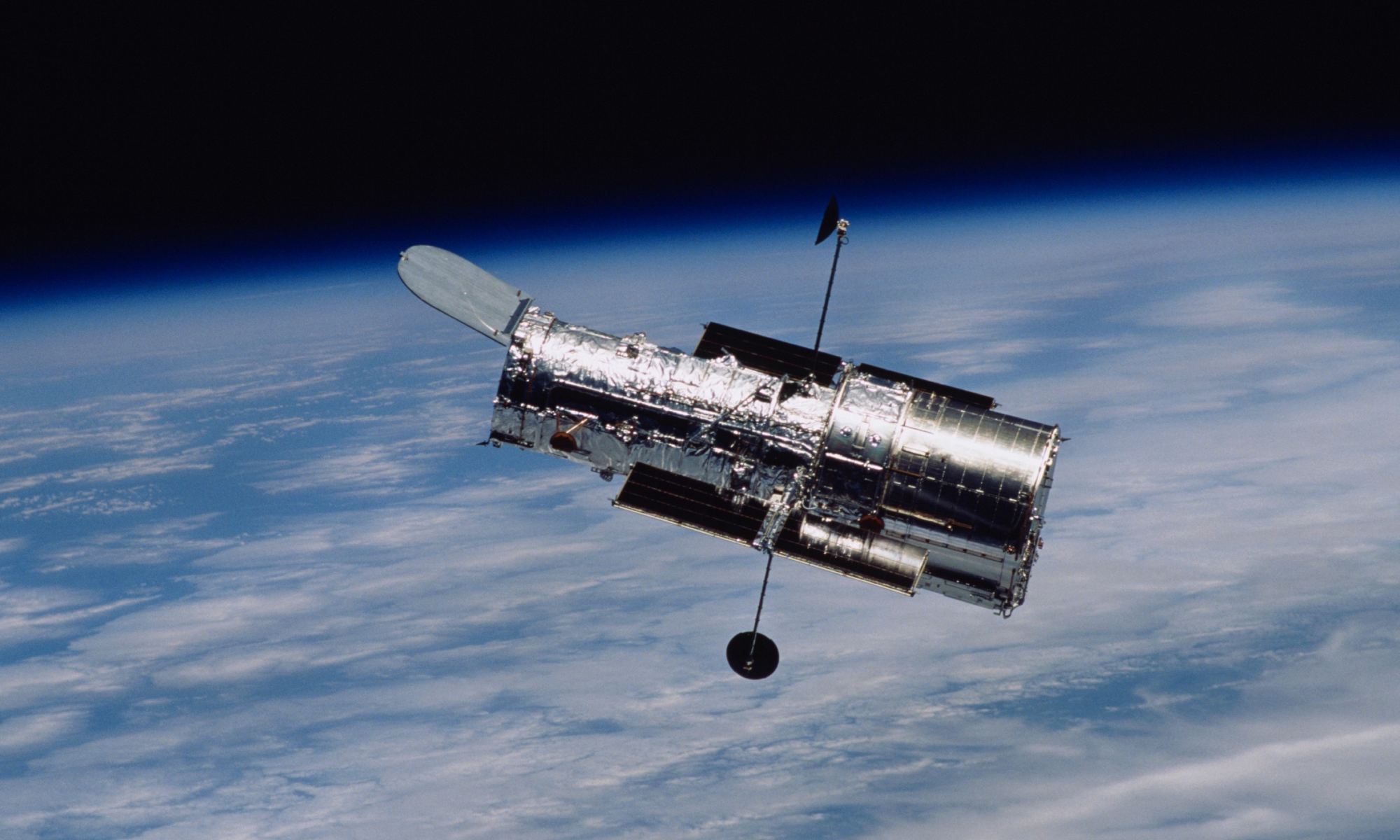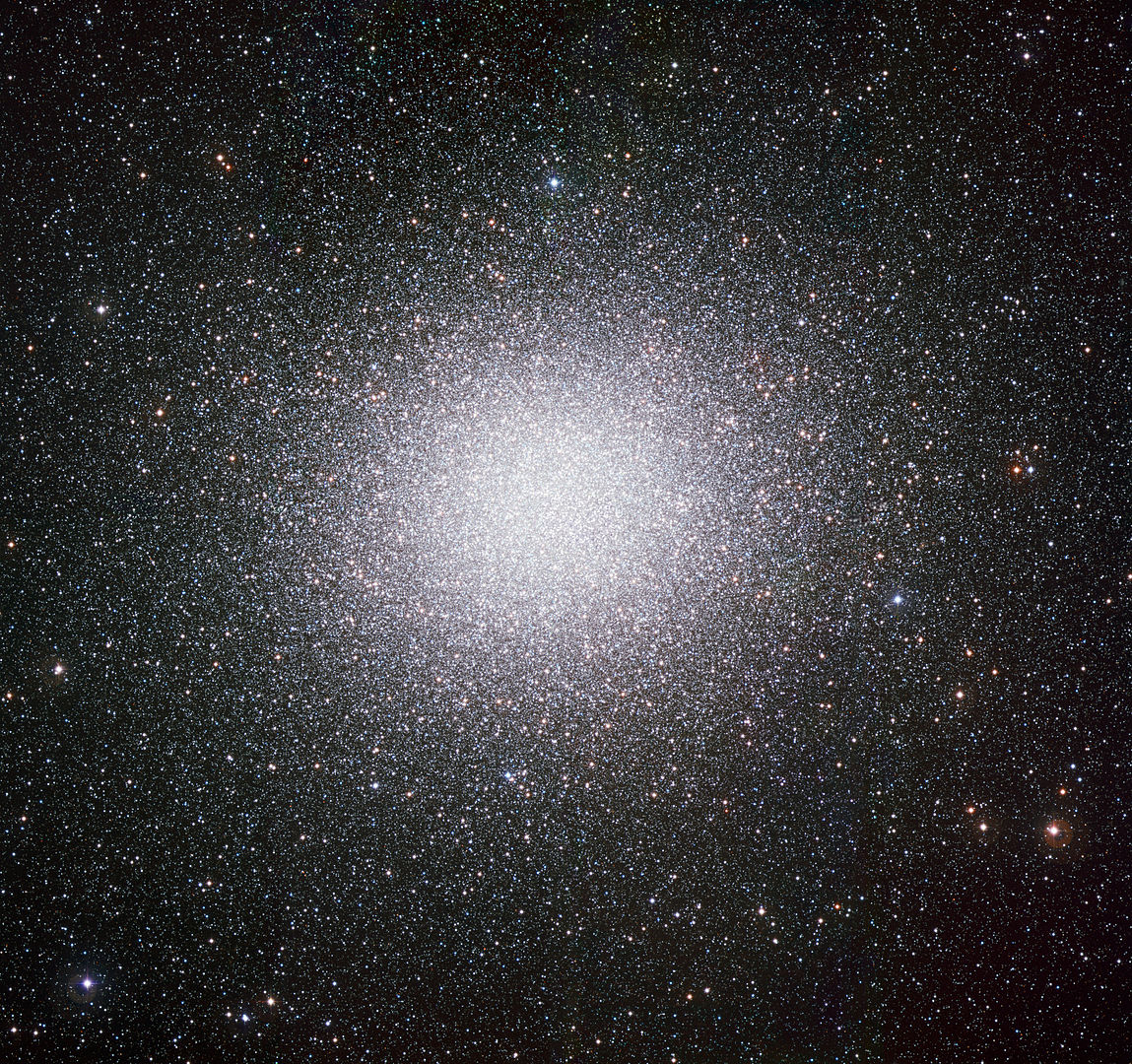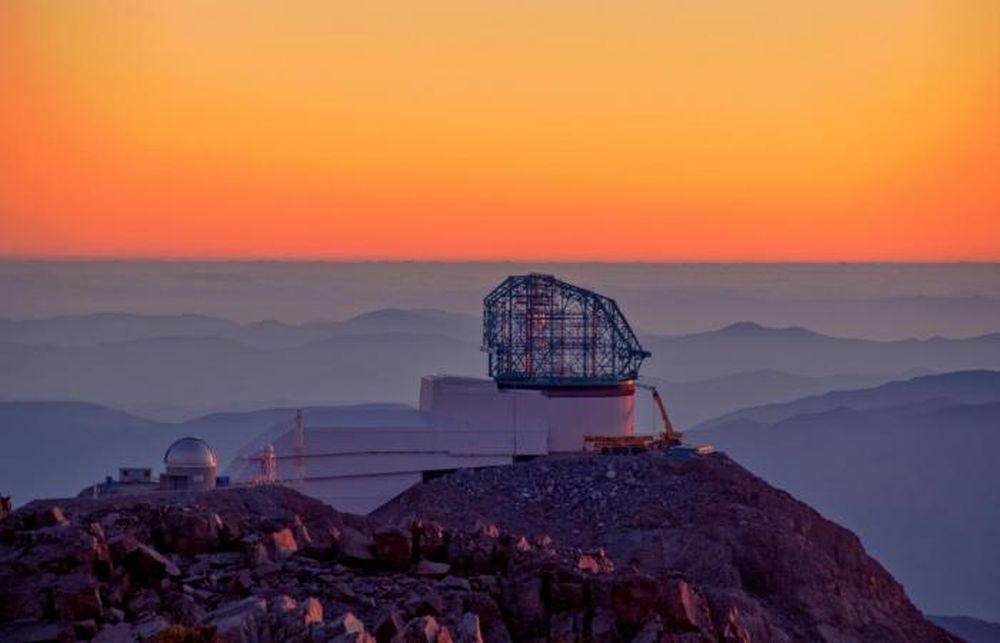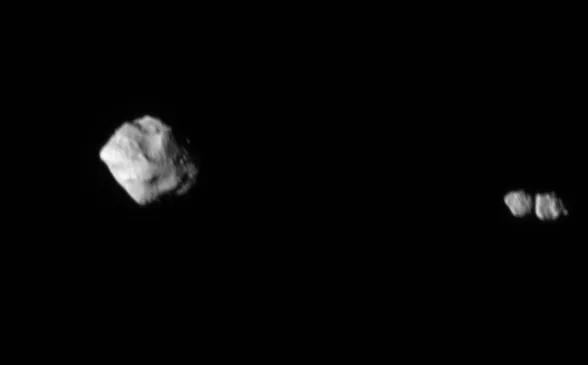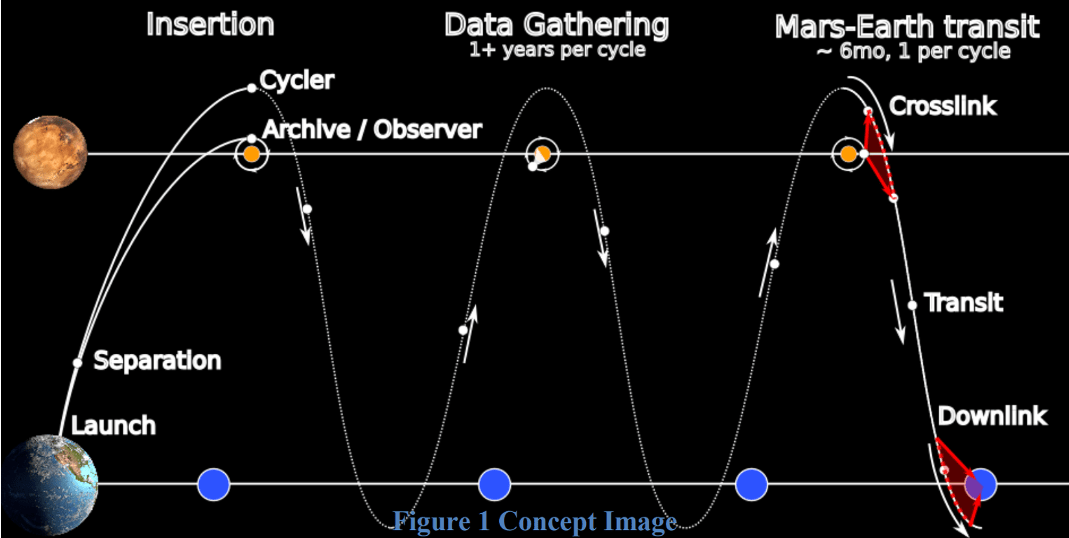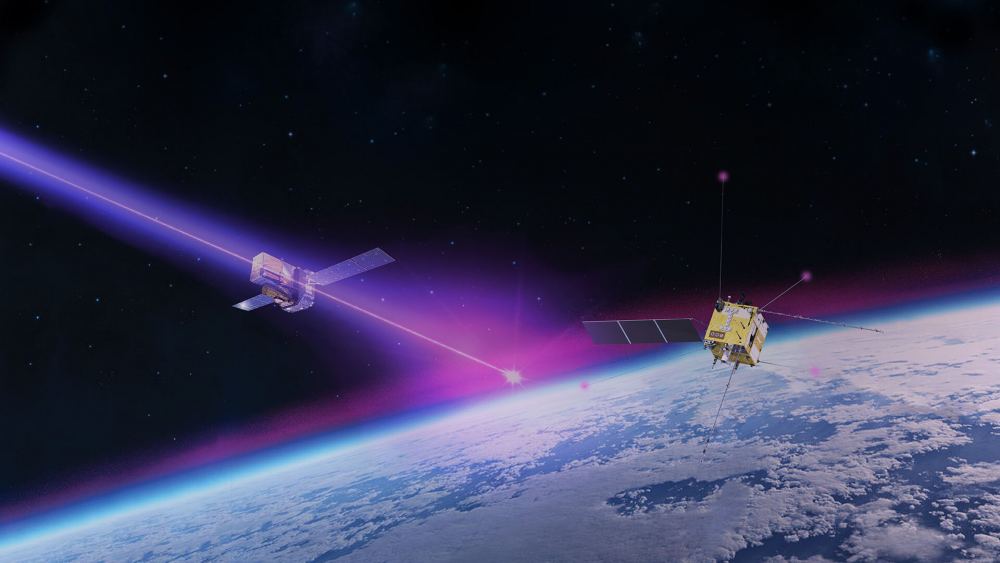In June 2008, the Gamma-ray Large Area Space Telescope began surveying the cosmos to study some of the most energetic phenomena in the Universe. Shortly after that, NASA renamed the observatory in the Fermi Gamma-ray Space Telescope in honor of Professor Enrico Fermi (1901-1954), a pioneer in high-energy physics. During its mission, Fermi has addressed questions regarding some of the most mysterious and energetic phenomena in the Universe – like gamma-ray bursts (GRBs), cosmic rays, and extremely dense stellar remnants like pulsars.
Since it began operations, Fermi has discovered more than 300 gamma-ray pulsars, which have provided new insights into the life cycle of stars, our galaxy, and the nature of the Universe. This week, a new catalog compiled by an international team contains the more than 300 pulsars discovered by the Fermi mission – which includes 294 confirmed gamma-ray-emitting pulsars and another 34 candidates awaiting confirmation. This is 27 times the number of pulsars known to astronomers before the Fermi mission launched in 2008.
Continue reading “Fermi has Found More than 300 Gamma-Ray Pulsars”
